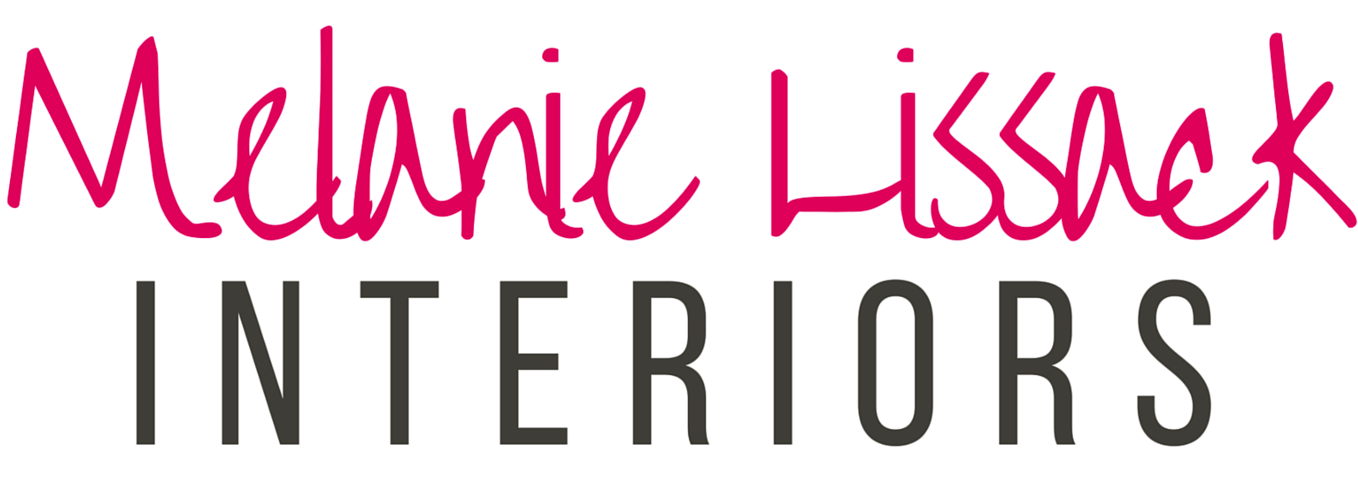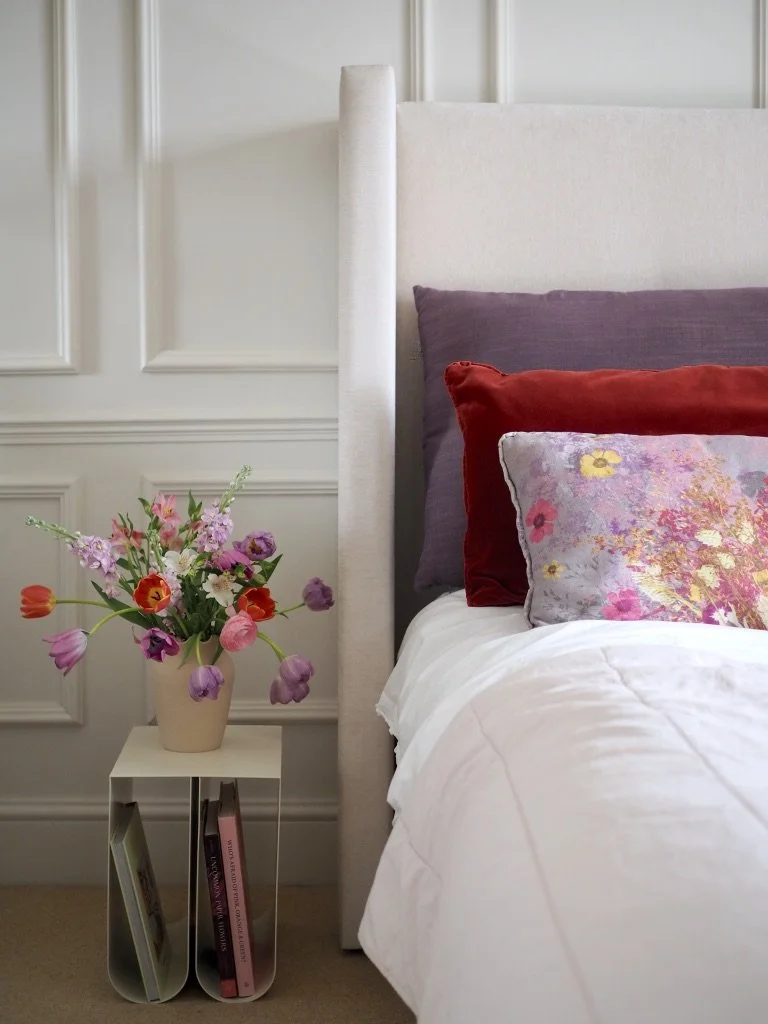Pros and Cons of Faux Finish Paintings
These stone-effect walls provide a beautiful backdrop to the Suzanne Metal and Wood Bed Frame available from Zinus.
Featured Partner Placement Post
You've probably heard about faux-finish paintings. These decorative painting techniques have been making waves in the home decor scene as a variety of application methods are used to mimic and replicate the appearance and texture of natural materials, such as wood, leather and stone. This trend has sparked a debate between those who love its versatility and those who are sceptical about its longevity. In this guide, we're diving into the world of faux finish paintings to uncover their pros and cons, helping you determine if they're right for your home decor project.
Drawbacks of Faux Finish Paintings
Faux-finish paintings come with their distinct benefits, but it's essential to weigh them against some potential drawbacks. Let’s look at what to expect, below.
Faux Finish Paint Can Be Labor-Intensive and Costly
Given the amount of time and skill required, faux finishes can be quite labor-intensive. Depending on the complexity of the desired effect, the process may involve multiple layers of paint and intricate techniques. If, currently, the average cost of painting a medium-sized room ranges from $350 and $850, complex finishes can increase this price significantly.
Mistakes and Maintenance Issues Are Hard To Fix
Secondly, as much as faux painting delivers impressive results, mistakes may prove costly to rectify. That's because any error could necessitate starting over or having to layer on more paint than planned initially.
If your faux finish wall sustains damage, fixing small areas without leaving noticeable patches is often challenging. Unlike regular painted walls where you may simply recoat a damaged patch with a roller or brush stroke, textured and multi-tonal faux finishes require more complex processes to fix flaws.
A painted stone-effect wall, featuring the ARDARA Console Table from Caffe Latte Home.
Not Suitable For All Walls
Faux finish painting may not be the best option for all walls, especially not ones that hide plumbing. For instance, hidden pipes that freeze, leak, or require emergency repairs could potentially ruin your special paint job. Therefore, investing in a decorative finish in these areas might lead to unnecessary expenses, especially if you need to resort to professional help for your plumbing emergency.
May Look Outdated Quickly
Another downside is that trends change over time. What appears stylish today might feel outmoded or unappealing tomorrow. Faux finishes are not exempt from this reality; hence homeowners must consider their long-term appeal before opting for these artistic impressions.
Advantages of Faux Finish Paintings
Although faux finishes may not be suitable for all walls of the house, there are some surfaces that can drastically benefit from this solution. For example, with faux-finish painting, you can highlight a statement wall or create the perfect background for art and furniture. Let’s look at the benefits of this technique in more detail below.
A wonderful plaster-effect wall created using Annie Sloan Chalk Paint in Scandinavian Pink.
Faux Finish Is An Excellent Customization Tool For Your Walls
One of the primary advantages of faux-finish paintings revolves around customization. Imagine that you want a specific color or pattern on your wall that's hard to find in wallpapers. With a faux finish, you can create precisely what you want, regardless of how specific it may seem.
May Protect Walls From Damage
High-quality faux finishes have a structural benefit: they contribute to the longevity and resilience of your walls. They are easier to clean compared to traditional painting methods and more resistant to chipping or peeling off. They cover up blemishes easily and require minimal maintenance.
Can Add Texture To Your Home
Another advantage of faux finishes goes back to visual aesthetics and personal expression. Faux-finish paint allows for the illusion of depth, and it can create different textures and styles on flat surfaces, transforming your walls into a visual masterpiece. For example, with techniques like graining or marbleizing, your walls can mimic the appearance of wood or marble respectively.
A deep marble effect creates a striking splashback using Annie Sloan Kitchen Wall Paint In Original, Chalk Paint In Graphite, Chicago Grey and Athenian Black.
High-End Appeal and High Versatility
Faux finishes can create an elegant and high-end aesthetic that complements any interior design style. However, once you are tired of a certain look, it is simple to paint over the current pain and give your home a completely different feel.
A pretty boho bedroom with textured-effect walls created using Annie Sloan Bedroom Chalk Paint in Antoinette, Old White and Scandinavian Pink.
Partner With a Specialized Interior Designer
Ultimately, you should think of partnering with a specialized interior designer when deciding on how to use faux finish paintings. Their keen eye and experience can provide insights that complement your vision. If you are unsure about using faux-finish paint for your home, working with a specialist can noticeably elevate your space and help you avoid common pitfalls.







